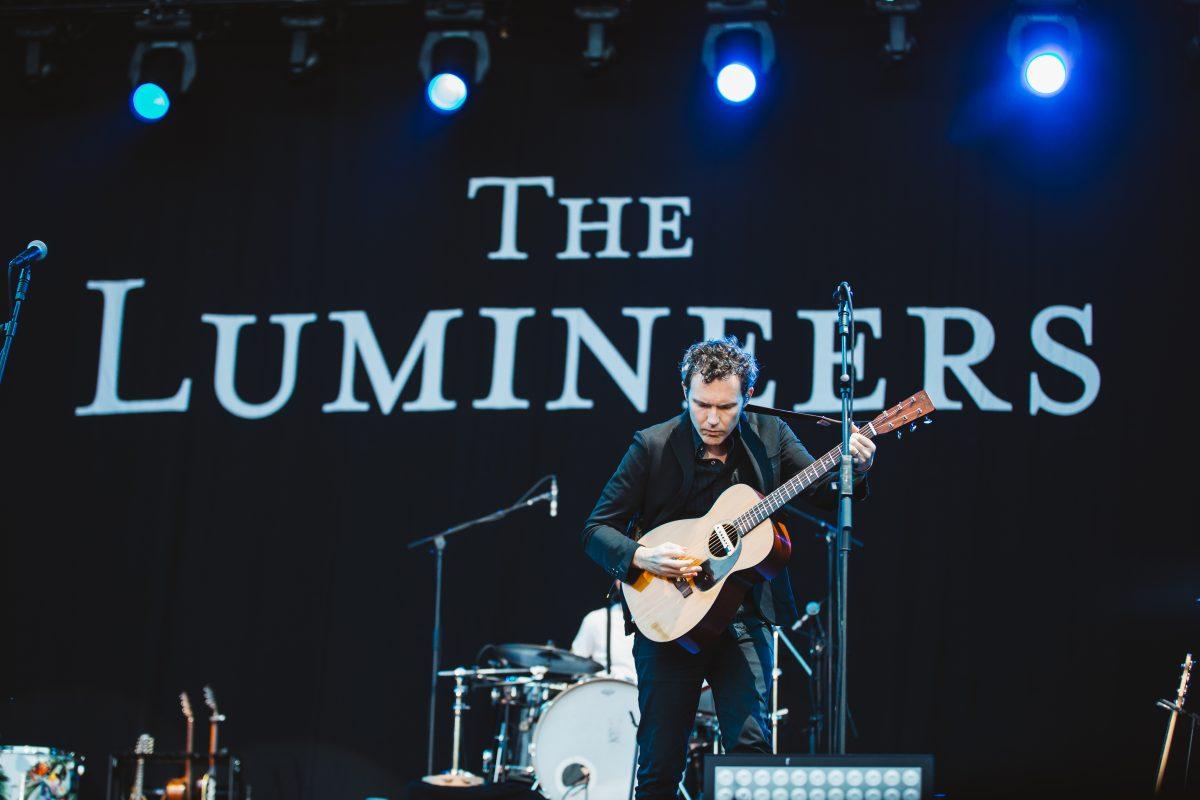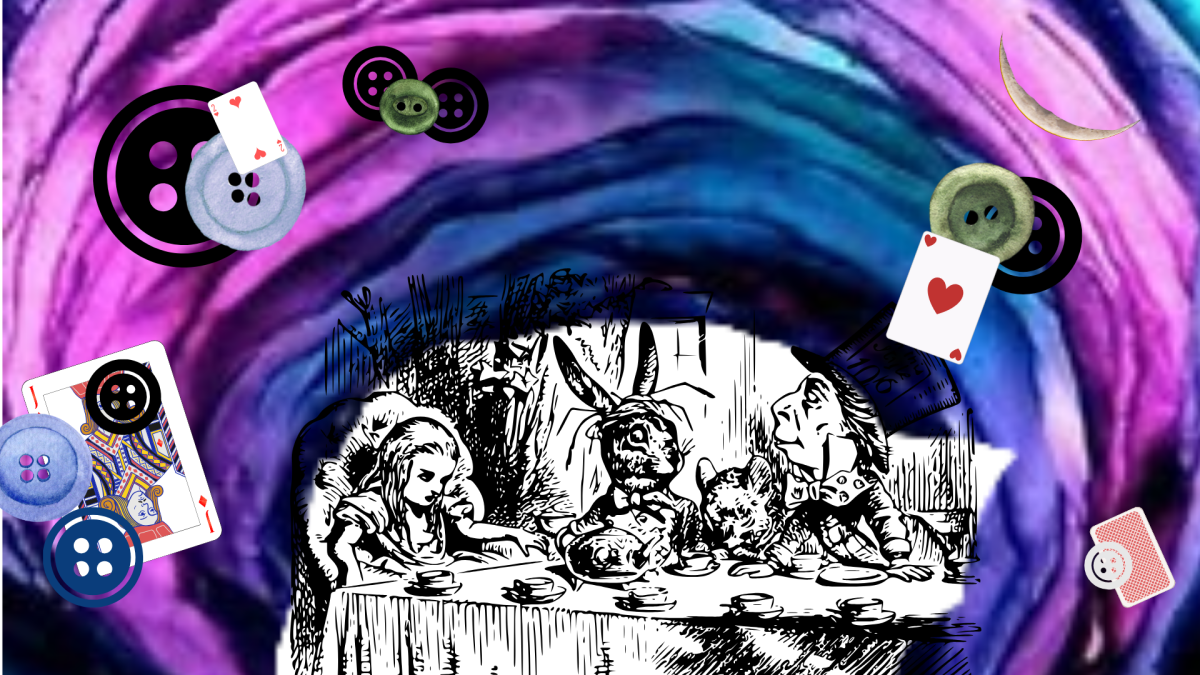It’s hard to believe, but it’s already been a decade since “Ho Hey” debuted on the Billboard Hot 100. The breakout hit from The Lumineers would help lead to the revival of folk-rock and Americana music, infiltrating every indie coffee shop on the block. Ten years later, The Lumineers return with their fourth studio album “BRIGHTSIDE,” a nine-track project with old folk staples the band’s been exploring for years.
There’s nothing quite like the nostalgia of “The Lumineers” and “Cleopatra,” the band’s first two albums, but “BRIGHTSIDE” has its moments. The return of the “stomp-and-holler” genre is a tried-and-true formula for The Lumineers, and veteran fans will appreciate Wesley Schultz’ and Jeremiah Fraites’ dedication to the craft.
However, the album falters a bit when compared to its predecessors. “The Lumineers” and “Cleopatra” had granola staples such as “Stubborn Love,” “Ophelia” and “Sleep On The Floor” that led a generation of fans to learn to love the raw, stripped-back sound. “III” sounded a little different, perhaps due to the loss of cellist Neyla Pekarek, but the storyline was strong and unique and generally impressed critics.
“BRIGHTSIDE” is the mediocre product of the albums which came before it. The first single and titular track harkens back to “Cleopatra,” pleasing listeners with electric guitar backing tracks and a chorus you can’t help but bob your head along to. It’s a solid start for the album, even if it stumbles later on.
Honestly, the singles are some of the best tracks of “BRIGHTSIDE.” “A.M. RADIO” begins with trickling acoustic guitar and ends with a cacophony of piano and background vocals, something that fans have grown accustomed to over the past several years. It’s a lovely throwback to their debut album and some of the strongest tracks off “Cleopatra.”
It’s a shame that the rest of the album doesn’t follow with the same energy. The third track, “WHERE WE ARE,” starts out extremely strong but finishes with repetitive lyrics and a simple melody that feels overdone by the time the song finally ends. “BIRTHDAY” is reminiscent of “III,” but it was hard to hear this song as more than the background track to an upbeat car commercial.
“BIG SHOT,” the second single to be released off the album, is simplistic and a tad boring at times. The Lumineers have never had a problem producing head-bopping beats, but it felt like this song had so much more potential than just your average indie folk track that, according to Schultz, is “all about humbleness.”
“NEVER REALLY MINE” picks things back up a bit, hitting some rock-n-roll notes reminiscent of one of the band’s biggest influences, Bruce Springsteen. That being said, we’re already over halfway through the album at this point, and there hasn’t been anything that’s stuck out to me outside of the titular track and “A.M. RADIO.” Unfortunately, “BRIGHTSIDE” is marked throughout by flippant lyrics and only somewhat-impactful storylines, as opposed to “III” or even their debut album.
Despite the title, “ROLLERCOASTER” is monotonous and simple, marked only by repetitive piano and indicative yet vague lyrics that spell out loss. “REMINGTON” is just musically strange, although the lyrics harken back to the historical themes which were once well-loved staples of the band’s early hits.
“REPRISE” allows the album to end on a good note, incorporating a bit more of that stomp-and-holler genre fans and passive listeners have grown to love. Nodding to the first track, “REPRISE” brings “BRIGHTSIDE” full circle. Granted, it’s a small circle — at nine tracks lasting only 30 minutes, it’s a short listen — but it’s a good finale to an underwhelming album.
The Lumineers have never depended on splashy features or new-age instrumentals to produce a Billboard Top 100 hit, but that’s both a blessing and a curse in the music world we live in today. Although true fans will appreciate Schultz and Fraites’ dedication to the craft, new listeners might turn their backs on “BRIGHTSIDE” and The Lumineers without the help of the 2010s-fueled craze surrounding the revival of Americana and folk-rock.














